Heresy Platformer winter progress update
The winter has passed, sadly without any updates on my part since late November. This does not mean, however, that I stopped working on Heresy. Far from it, I managed to implement many features into the game. I will present the overview of additions in this winter progress update. Combat system progress update The combat system is the aspect that is easiest to demonstrate. At the same time it may be the most important aspect of the game for some people. Here are the basic features of the system that I already implemented: Different types of attack. Player may unlock...

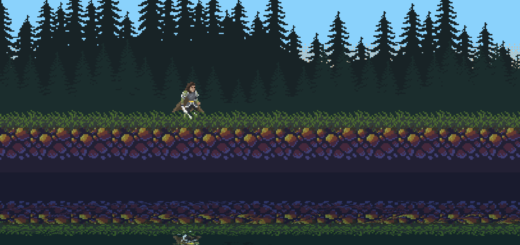
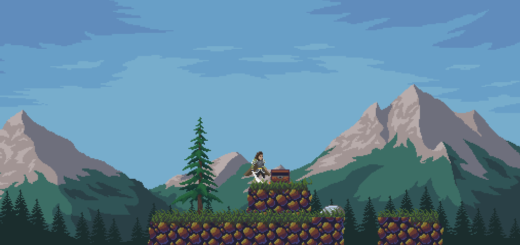
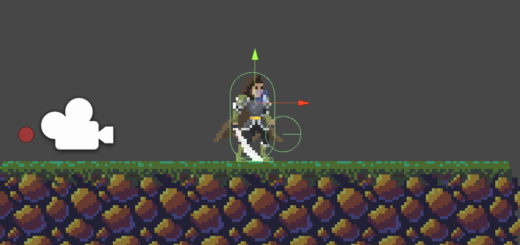
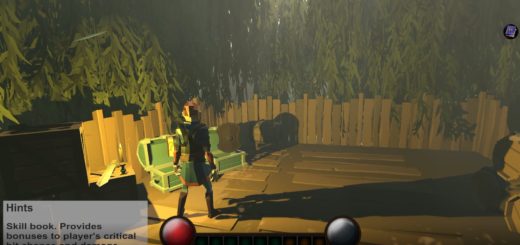
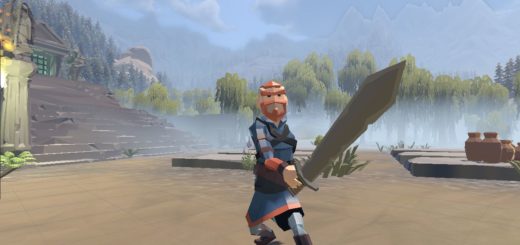
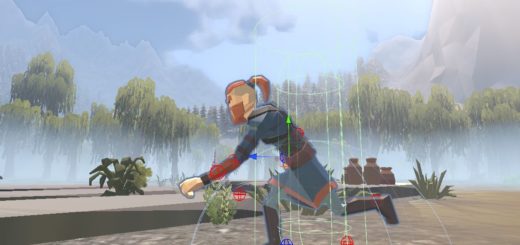

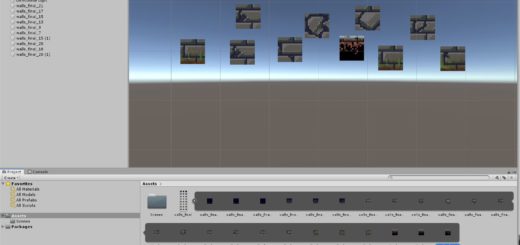
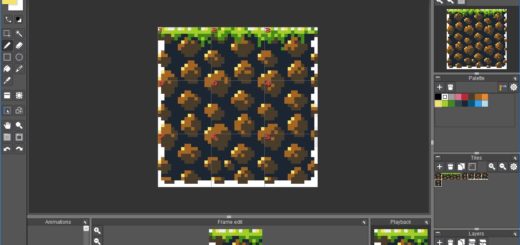

Recent Comments